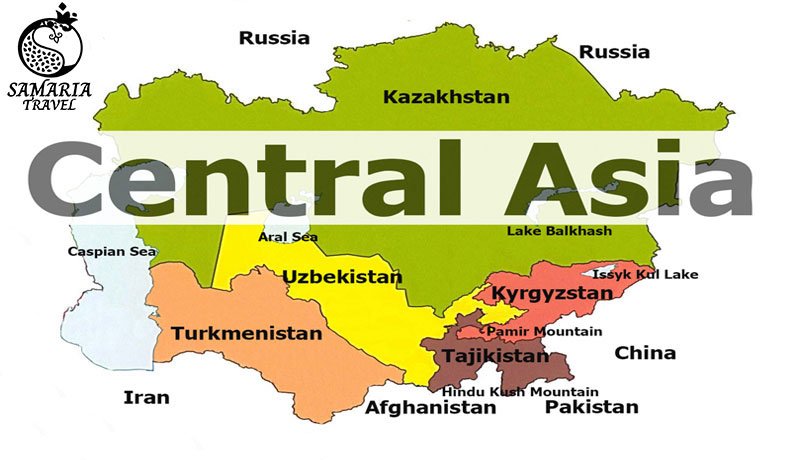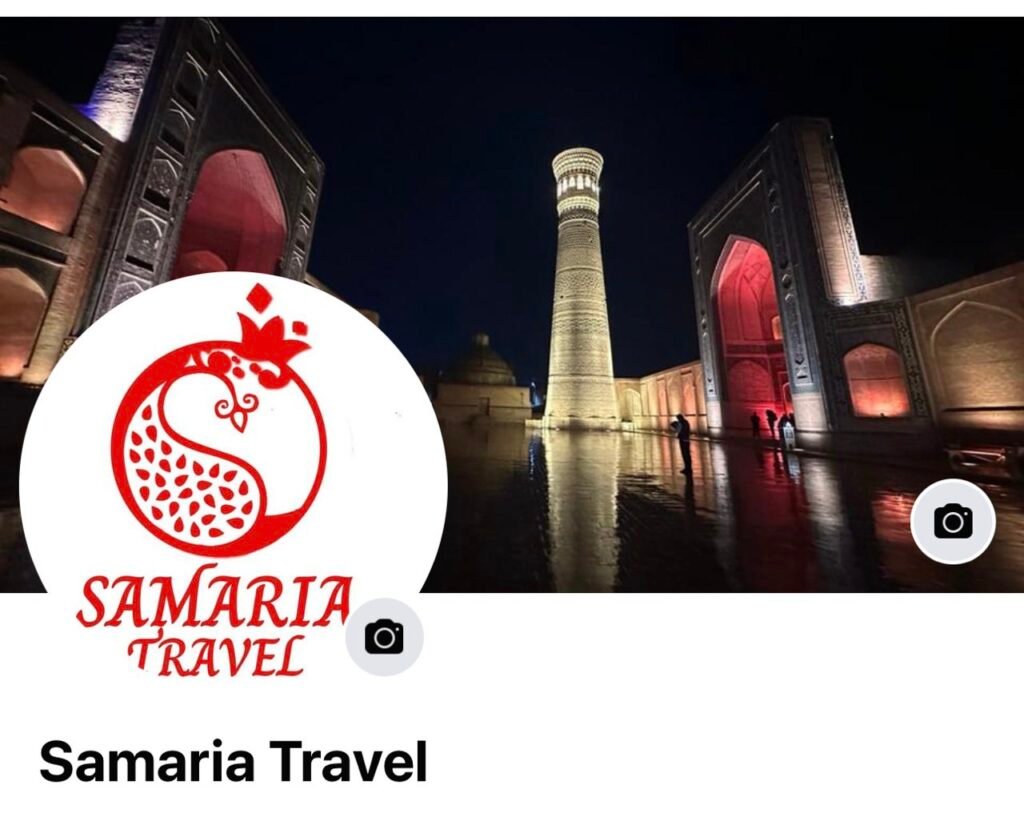
For millennium Central Asia has been at the centre of the world, the crossroad of civilizations and a home of to the legendary cities of Silk Road, the ancient trade network that connected Mediterranean with a richest of Asia.
Along Central Asia Silk Road crosses several countries and travel here is a mix of real adventure and high culture in cities such as Samarkand, Bukhara, Khiva and Herat.
Central Asia, the area between the Caspian Sea and the Tian Shan (also known as the Tengri Tagh, meaning the Mountains of Heaven or the Heavenly Mountain)—have always formed the heartlands of the Silk Road. This gathering point between Europe and Asia forms the middle leg of the route, a resting spot and a place of transfer, whose historical cities have long attracted traders and invaders in equal measure.
With a huge land area of 4,000,000 million square kilometers, Central Asia is sub continental in its scope. Mountains, steppe and desert characterize much of the scenery. More than three-quarters of Kazakhstan, including the entire west and most of the south, is either semi desert (33.2 percent) or desert (44 percent). South of here, the steppe turns to sand in the wastes of Kyzyl Kum (Red Sand) desert of Uzbekistan and the Karakum (Black Sand) desert of Turkmenistan.
The southeast is dominated by the high mountains of the Tian Shan, Pamirs and Hindu Kush, whose remote, snow-capped ranges reach to 7,000 meters and higher.
14-day Central Asia Destinations Tour
Uzbekistan and Turkmenistan with Darwaza Crater and Kunya Urgench



